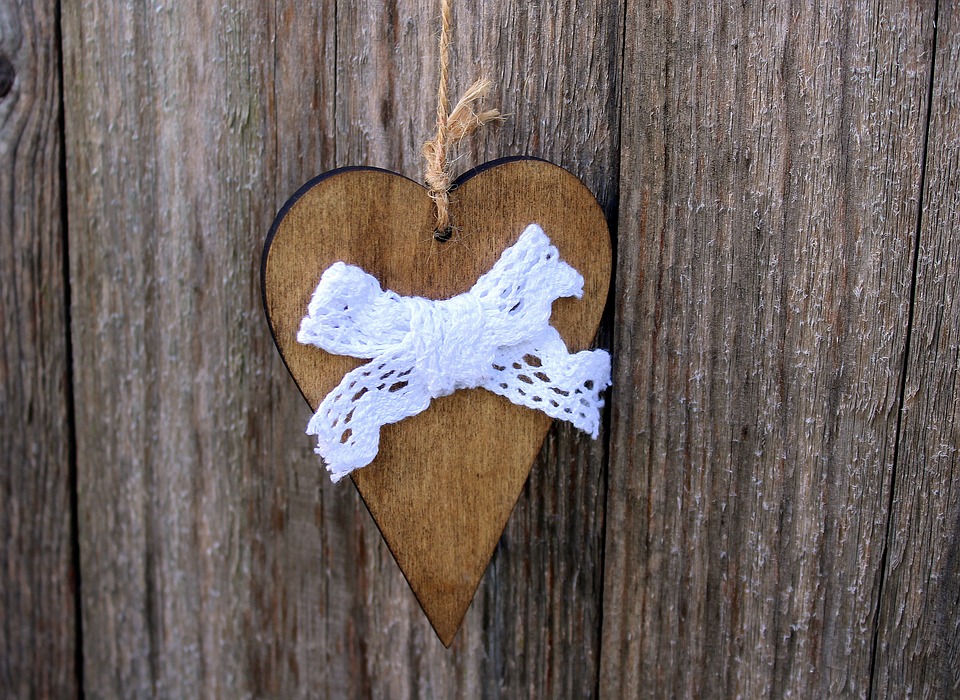Here is my tutorial that shows you how to make a wooden pendant necklace. This is a great project. It’s fast, easy and makes a beautiful gift. This wooden pendant necklace is actually a gift for my wife, that’s why I stained it with purple. She loves purple.
Wooden necklaces are becoming very popular. People really like to incorporate the natural look of wood to their style, and creative carpenters are making some amazing designs.
The simplest wooden pendants are made of a single species and are left natural. In this type of pendant, the natural beauty of wood is the centerpiece. Following the instructions in this tutorial, you can make a pendant in that style if you wish.
There are also creative carpenters who use resin and burl wood castings. The resulting blank piece is created in a pendant and the beauty of both materials is shown.
Once you understand the basic process of making a pendant in this tutorial, you can apply that knowledge to a resin mold if you wish. The beauty of this technique for making a wooden pendant necklace is that you can use the same process in many different materials. You can also change the shape, design, and style if you wish. The process will remain the same or similar.
I really like working with Briar. This is the main wood for tobacco pipes, and it is incredibly beautiful.
The picture shows a Briar block called beacon, and a couple of slices of Briar too. The pieces do not look like much now, but after a stain and a polish will look amazing.
You can find Briar at a pipe manufacturing store, or an online pipe manufacturing provider. Stores are becoming scarce, so you may only want to search online. If you have a local place, they can help you select a nice looking block. It is not cheap, but you can make several hanging necklaces of wood from a block, which reduces the cost.
The benefit of buying Briar online is that it is less expensive. There is a local place in my state that Briar has, but they only have very high-quality pieces. These start around $ 40 for a piece the size of a baseball. If you search online for a place like JH Lowe, you can get a deal on Briar for your wooden pendants.
There are many beautiful species out there, and all can become a beautiful necklace. If you plan to dye the necklace, I recommend a kind of light color. For these instructions, I will use Briar.
This does not have to be perfect. Use a belt sander or an electric sander to traverse the rough outer surface of the Briar.
Now, moisten the surface with water. A few drops spread with your fingers. Once the piece is wet, you can begin to see what Briar looks like under a finish. This is your chance to read the grain and incorporate it into your design. Since this is a teardrop design, trace its shape so that the direction of the grain flows well with the shape.
Take a slab from the bottom of the Briar with a thickness of 3/8 of an inch, which will be used to mark the shape of your pendant. If you like something a little thinner, you can sand it or cut a thinner piece. 3/8 of an inch is pretty good because it’s thick enough to handle, but not too bulky to use.
Mark a line through the grain pattern that will be your center line. Base the decision on how the grain looks.
Then, draw a circle 1 inch in diameter at the most figurative end. At about 2 inches away, draw a pair of straight lines that form in a teardrop shape.
To drill the wood pendant, you need to create a flat surface and a perforation line. Make a line perpendicular to the centerline that is approximately 3/8 of an inch from the tip. This will be the hole for the chain of the necklace. Then draw another line parallel to the center line and to the right. This is the flat section that will help you pierce the pendant before cutting it. In this case, cut the shaded part to the right.
Once the piece is removed, it has a flat area where it can drill more accurately. Extend the collar line around the end of the wood and then mark the center.
Use a 1/8 inch drill bit to drill carefully through the collar. Make sure you keep the drill straight and you’ll see it come out the other end right on your line.
If you take the hole a little, do not worry too much. You can sand the shape a little more and minimize the error. If you pierce it terribly, consider marking another pendant and giving it a second try.





